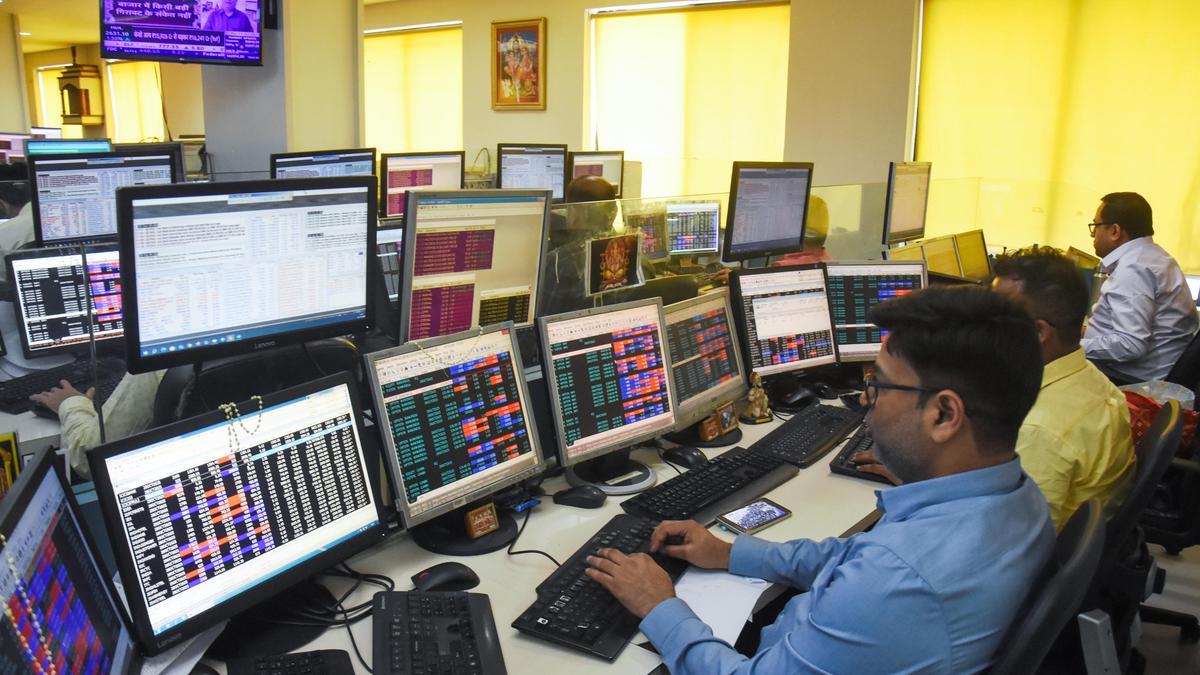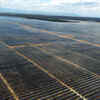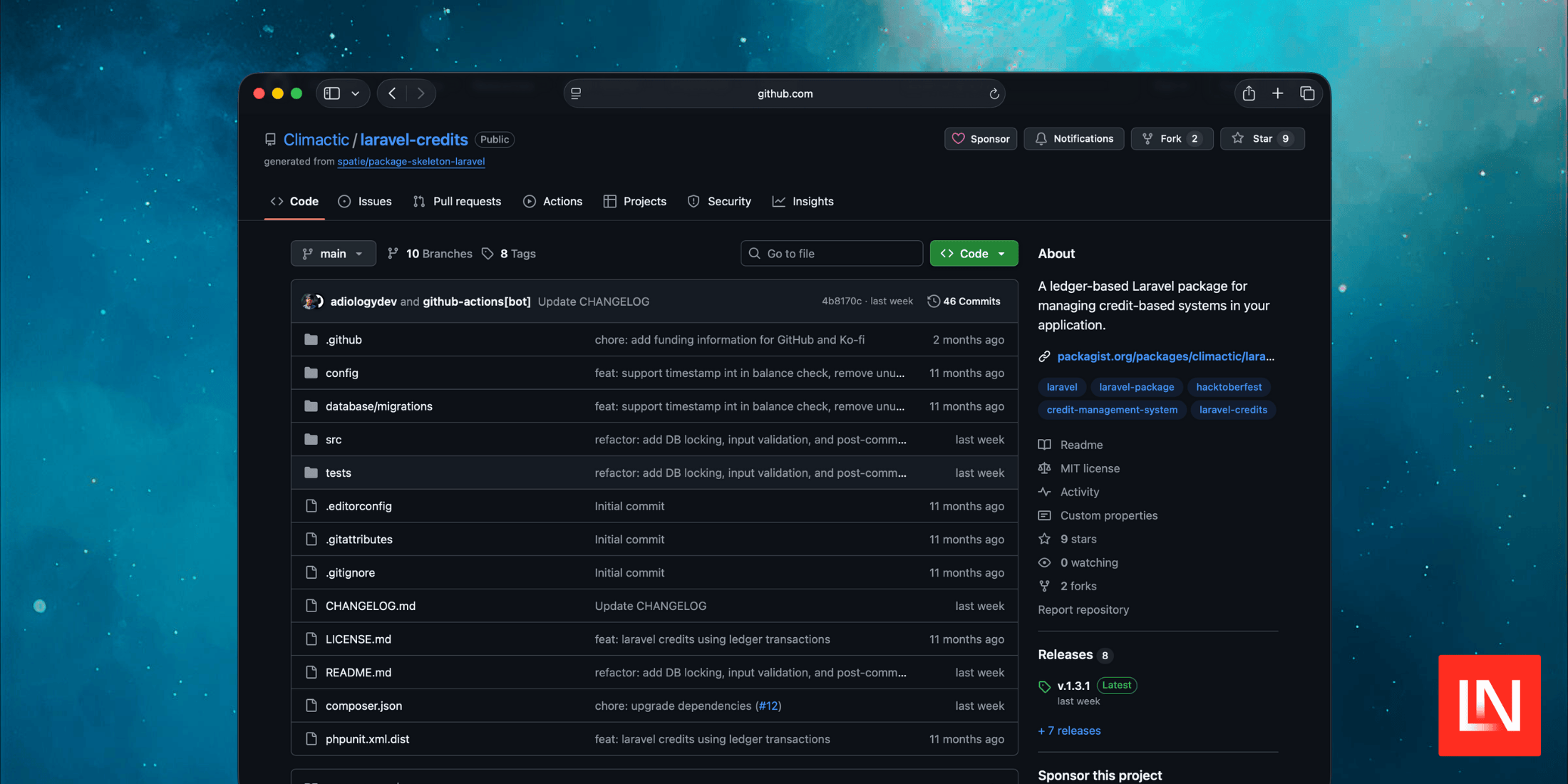10-Watt Solar Panel Guide: Price, Working, Types, Benefits, Cons
Searching for 10 watt Solar Panel Price in India? Click here for a detailed guide on 10 watt solar panels including information on the product features, pricing & subsidy. The post 10-Watt Solar Panel Guide: Price, Working, Types, Benefits, Cons appeared first on Rooftop Solar for your home and more - Blog | SolarSquare.

A 10-watt solar panel is a very lightweight and portable PV device that can produce up to 10 watts of DC power under standard test conditions (STC). Since they weigh about 1-1.4 kgs, you can carry them without effort and use them as a backup to charge smartphones and flashlights while hiking or camping in remote and off-grid locations.
Most 10-watt solar panels are made for 12-volt systems and usually have 36 small solar PV cells. However, when sunlight is strong, these panels can produce up to 17 volts and deliver about 0.6A current when in use. If you measure the panel with nothing connected, the voltage can read up to 21V. They can easily charge devices like phones, power banks, wifi routers, LED lights, flashlights, a small rechargeable lithium battery, and even portable speakers.
The 10-watt solar panel price in India can range between ~Rs. 300* to ~Rs. 600* for low-end panels with low-efficiency polycrystalline solar cells. However, high-quality 10-watt modules from premium solar panel manufacturers can cost up to ~Rs. 1,500* or more if they have monocrystalline solar cells.
*Please note: The above-mentioned solar plate prices are indicative and not fixed. The final 10-watt solar panel price can significantly vary, depending on panel type, brand, cell technology used, market demand of the module, promotional offers by the manufacturer, etc. SolarSquare does not manufacture, sell, or endorse any particular 10-watt panel brand. We install on-grid rooftop solar panel systems for homes, housing societies, and commercial buildings using higher-wattage solar panels.
In this blog, we’ve explained the working, types, uses, specifications, benefits, cons, and cost of a 10-watt solar panel in India in 2025. We’ll also walk you through the reasons why these panels are not suitable for building kW-scale rooftop solar systems for housing societies, homes, and commercial or industrial buildings, and whether investing in the installation of rooftop on-grid solar systems in India is worth it.
TL;DR Summary Box: What Can a 10-Watt Solar Panel Run?
The most practical use of a 10-watt solar panel is trickle-charging small 12-volt rechargeable batteries through a solar panel charge controller. These panels can also power or charge low-power devices such as GPS trackers, small routers, LED lights, and portable speakers. They’re also suitable for charging phones via a USB regulator.
5-volt USB versions of a 10-watt solar panel are specifically made for direct phone and power-bank charging without the need for a charge controller.
Here are the main topics discussed in this blog in detail:
Main Topics Quick Takeaways How does a 10-watt solar panel work? It captures sunlight and converts it to DC power. What is the 10-watt solar panel price in India? ~Rs. 150* to ~Rs. 300* for low-end panels with polycrystalline solar cells
Up to ~Rs. 1,000* or more for panels with monocrystalline solar cellsWhat are the types of 10-watt solar panels? Polycrystalline and monocrystalline solar panels What are the benefits of a 10-watt solar panel? They’re lightweight and portable. You can use them as backup charging options to keep phones, power banks, calculators, LED lights, and flashlights running in remote locations or during power outages. What are the limitations of a 10-watt solar panel? They’re weather-dependent and do not produce enough power to charge devices like laptops or computers. What are the uses/applications of a 10-watt solar panel? They can be used to trickle-charge 12-volt batteries and power charge lower-wattage devices in off-grid locations. What is the 10-watt solar panel size? 255 x 350 x 22* mm Is 10 watts a suitable wattage to build kW-scale rooftop solar systems? No. Is it worth installing on-grid rooftop solar systems at homes? Yes. Installing on-grid solar energy systems can reduce your electricity bills by more than 90%, saving you tens of lakhs of rupees.
*Please note: The above-mentioned solar panel prices are indicative and not fixed. The final 10-watt solar panel price can significantly vary, depending on panel type, brand, cell technology used, market demand of the module, promotional offers by the manufacturer, etc. Also, the 10-watt solar panel size can slightly vary from brand to brand. SolarSquare does not manufacture, sell, or endorse any particular 10-watt panel brand. We install on-grid rooftop solar systems for homes, housing societies, and commercial buildings using higher-wattage solar panels.
What is a 10-Watt Solar Panel and How Does it Work?
A 10-watt solar panel is a compact PV module built to produce 10 watts of DC power under Standard Test Conditions (STC) in a controlled laboratory environment. Many 10-watt rigid panels are 12-volt nominal. This simply means they’re designed to work with 12-volt battery systems. However, the actual voltage and power you get in the real world depend on sunlight, temperature, and cloud cover.
On a very sunny day, when it’s connected to a device through a charge controller, a 10-watt solar panel can produce about 17 volts. Conversely, when it’s cloudy, the output can drop to about 10-25% of the panel’s 10W rating. Thus, you might only see ~1 to 2.5 watts of DC power being produced under a cloud cover.
How Does a 10-Watt Solar Panel Work?
Solar cells in a 10-watt solar panel absorb photons from sunlight and use their energy to force electrons in the solar cells out of their sockets. This results in the generation of direct current (DC).
Let’s check out the step-by-step process of how 10-watt solar panels generate electricity:
- Step 1 – Solar cells absorb photons present in the sunlight: Solar cells in solar panels are usually made of silicon, which is a semiconductor. The semiconductor cells absorb photons that transfer their energy to electrons present in the cells.
- Step 2 – Electrons get excited and leave their place empty: When electrons become energized, they start moving. The place they leave behind is called a hole, which is positively charged. So, each absorbed photon can create an electron-hole pair.
- Step 3 – The built-in electric field at the p-n junction prevents holes and electrons from recombining: This field pushes electrons and holes in opposite directions.
- Step 4- The DC power is generated: The electrons flow in one direction in a closed circuit. That one-way flow is direct current (DC). The actual voltage and current depend on sunlight and the load.
What Are the Types of a 10-Watt Solar Panel?
The two types of 10-watt solar panels are polycrystalline and monocrystalline. While polycrystalline solar cells are rarely used to create solar panels for kW-scale solar systems, they’re still widely used to produce lower-wattage solar panels like 10- and 20-watt solar panels in India.
Let’s check out both types of 10-watt solar panels in detail:
- 10-watt polycrystalline solar panels: These are made of polycrystalline solar cells, which have an efficiency of 16-17%. It means these panels can convert 16-17% of the sunlight falling on them into electricity. Their efficiency is lower than monocrystalline panels because, unlike mono cells that are made of one pure ingot of silicon, poly cells are made by melting fragments of silicon.
- 10-watt monocrystalline solar panels: These are made of monocrystalline solar cells, which have an efficiency of 19-20%. They’re a lot more efficient than poly panels because they’re made from an unbroken and pure silicon crystal, not fragments of silicon.
If you’re wondering why bifacial solar panels are not mentioned as a type of 10-watt solar panels in India, then that’s because bifacial modules are usually manufactured in higher wattages, like 540-watt-peak or 550-watt-peak. Low-wattage panels are usually not available as bifacial modules.
What is the 10-Watt Solar Panel Price in India in 2025?
The cost of a 10-watt solar panel varies based on whether they’re made using poly cells or mono cells, with the latter being more efficient; hence, expensive.
Let’s give you an estimated 10-watt solar panel price range in India in 2025:
10-Watt Solar Panel Type 10-Watt Solar Panel Price Range* 10-watt polycrystalline solar panels ~Rs. 300 to ~Rs. 600 10-watt monocrystalline solar panels ~Rs. 1,500+
*Please note: The above-mentioned solar plate prices are indicative and not fixed. The final 10-watt solar panel price can significantly vary, depending on panel type, brand, cell technology used, market demand of the module, promotional offers by the manufacturer, etc. SolarSquare does not manufacture, sell, or endorse any particular 10-watt panel brand. We install on-grid residential and commercial rooftop systems using higher-wattage solar panels.
Is a 10-Watt Solar Panel Ideal for Rooftop Solar Systems?
A 10-watt solar panel is highly impractical for building a kW-scale solar PV system. You’ll need hundreds of panels and a lot of empty rooftop space to reach the desired system capacity. Hence, it’s not practical to use such low-wattage solar panels to build large solar systems.
Let’s still give you an idea about the number of solar panels that would have gone into building kW-scale solar systems using 10-watt solar panels had it been a practical concept, vs the number of panels that are actually used to build large solar systems using 550-watt modules:
Solar System Size Number of 10-Watt Solar Panels Needed Number of 550-Watt Solar Panels Needed 2 kW solar system 200 4 3 kW solar system 300 6 4 kW solar system 400 8 5 kW solar system 500 10 10 kW solar system 1,000 19
Please note: The number of solar panels needed to build a solar system = solar system’s capacity in watts divided by the module’s capacity.
What Are the Applications/ Uses of a 10-Watt Solar Panel?
10-watt solar panels are reliable portable PV modules that can offer a power supply during emergencies and in off-grid locations. They’re also used to charge 12-volt batteries, which can power small LED lights on boats and RVs.
Let’s check out all the applications of a 10-watt solar panel in detail:
Application/ Use Details Emergency power station during emergencies You can use them to keep emergency lights and devices running and charged during power outages, in off-grid locations, and during emergency situations like floods. Trickle-charge 12-volt batteries These can be used to maintain boats, RVs, bikes, and cars. Hiking or camping gadget It’s lightweight and can be easily carried while backpacking to remote mountains.
What Are the Benefits of a 10-Watt Solar Panel?
A 10-watt solar panel is lightweight and compact. Therefore, you can easily carry it in your backpack while camping or hiking in remote locations with no grid supply. They can keep all your small devices, such as phones, power banks, and flashlights, charged.
Let’s check out all the benefits of 10-watt solar panels in detail:
- Lightweight and easy to carry: Many 10-watt solar panels weigh just ~1-1.5 kgs. So, whenever you hit the road or go camping, hiking, or jogging to remote areas, you can rely on these portable panels to keep your devices charged.
- Silent and eco-friendly: 10-watt solar panels do not produce any noise or sounds while they’re generating direct current. Plus, they do not cause pollution as they don’t emit carbon while working, and they use solar energy, which is non-polluting.
- Used to charge small devices: You can use the power they generate to charge small devices like smartphones, power banks, wifi routers, LED lights, flashlights, and GPS trackers.
- Can charge 12-volt battery systems: You can connect a 10-watt solar panel to 12-volt rechargeable batteries through a charge controller to store solar energy, which can be used later at night or during a power outage to keep necessary devices running.
- 5-volt models can be plugged directly into phones: If you specifically need a solar panel to charge your power banks and smartphones without USB connectors or charge controllers, 10-watt panels are available in 5V models that are safe to plug straight into the phone.
What Are the Drawbacks of a 10-Watt Solar Panel?
Their performance is weather-dependent. Plus, they’re too small to be used to build large solar systems.
Let’s check out all the disadvantages and limitations of a 10-watt PV panel in detail:
- They produce very limited power: A 10-watt panel makes only a small amount of electricity. It can’t be used to run laptops, TVs, fans, or kitchen appliances.
- They charge small devices slowly: Charging a phone or power bank using a 10-watt solar panel can take many hours, and if the sun comes and goes, it takes even longer.
- No sun = no usable power: Output drops to as low as 1 to 2.5 watts under cloud cover. This is too low to power even smartphones.
- You can’t charge batteries or devices directly through panels: This can be an additional cost because it’s not recommended to plug devices directly into solar panels. You will always need a regulator or charge controller unless it’s the 5-volt model specifically designed to charge phones directly.
- Unsuitable to build kW-scale solar systems: They’re too small to be used in large PV installations.
What Are the 10-Watt Solar Panel Specifications?
Here are the key specifications of most rigid 10-watt solar panels:
10-Watt Solar Panel Specifications Details* Power output (STC) 10 watts Weight ~1-1.5 kgs Nominal voltage 12 volts Number of solar cells ~36 Size 255 x 350 x 22 mm Cell type Polycrystalline or monocrystalline
*Please note: These specifications are typical for fixed 10-watt solar panels, not the foldable models. Actual specifications can also vary significantly by brand and model. Always use the manufacturer’s datasheet for exact values.
What’s the Cost of Installing a Rooftop On-Grid Solar System in India in 2025?
Installing on-grid rooftop solar systems in India with a subsidy under the PM Surya Ghar Muft Bijli Yojana can cost homeowners anywhere between ~Rs. 90,000* in Lucknow for a 2 kW solar system and ~Rs. 5.62 lakh* in Bengaluru for a 10 kW solar system.
*Please note: The above-mentioned solar plate price is indicative as of 16th August 2025 for the SolarSquare Blue 6ft variant. The final cost of installing on-grid rooftop solar PV systems depends on your DISCOM charges, product variant opted for, panel type, inverter type, mounting structure height, type of after-sales service, savings guarantee, roof height, etc. Prices are subject to change.
Here’s a snapshot of the cost of installing solar at homes with and without a subsidy:
Solar System Size Solar Panel Price in India Without Subsidy (Starting price – Indicative for base variant)* Solar Panel Price in India With Subsidy (Starting price – Indicative for base variant)* 2 kW solar system ~Rs. 1.8 lakh in Lucknow to ~Rs. 2 lakh in Bengaluru ~Rs. 90k in Lucknow to ~Rs. 1.40 lakh in Bengaluru 3 kW solar system ~Rs. 2.10 lakh in Lucknow to ~Rs. 2.35 lakh in Bengaluru ~Rs. 1.02 lakh in Lucknow to ~Rs. 1.57 lakh in Bengaluru 4 kW solar system ~Rs. 2.55 lakh in Lucknow to ~Rs. 2.85 lakh in Bengaluru ~Rs. 1.47 lakh in Lucknow to ~Rs. 2.07 lakh in Bengaluru 5 kW solar system ~Rs. 3.10 lakh in Lucknow to ~Rs. 3.70 lakh in Bengaluru ~Rs. 2.02 lakh in Lucknow to ~Rs. 2.92 lakh in Bengaluru 10 kW solar system ~Rs. 5.80 lakh in Lucknow to ~Rs. 6.40 lakh in Bengaluru ~Rs. 4.77 lakh in Lucknow to ~Rs. 5.62 lakh in Bengaluru
*Please note: The above-mentioned solar plate price is indicative as of 16th August 2025 for the SolarSquare Blue 6ft variant. The final cost of installing an on-grid rooftop solar panel system at home depends on your DISCOM charges, product variant opted for, panel type, inverter type, mounting structure height, type of after-sales service, savings guarantee, roof height, etc. Prices are subject to change.
Initial Investment vs Solar Savings in 25 Years
You wouldn’t hesitate to invest in going solar if you knew how much money it would save you in the long run. Think about it! Electricity tariffs in India rise by 3-6% annually. Owning a rooftop system means you won’t have to pay bills for as long as the system lasts. And a well-maintained solar system lasts for at least 25 years.
Still not convinced? Let’s give you a comparison between investment cost vs solar savings over 25 years in a city like Nagpur:
Solar System Size Solar Panel Price in Nagpur With Subsidy (Starting Price – Indicative for Base Variant)* Solar Savings in Nagpur in 25 Years* 2 kWp ~ Rs. 1.15 lakh ~ Rs. 11.05 lakh 3 kWp ~ Rs. 1.32 lakh ~ Rs. 16.58 lakh 4 kWp ~ Rs. 1.77 lakh ~ Rs. 22.11 lakh 5 kWp ~ Rs. 2.27 lakh ~ Rs. 34.43 lakh 10 kWp ~ Rs. 5.02 lakh ~ Rs. 68.86 lakh
*Please note: The above-mentioned solar plate price is indicative as of 16th August 2025 for the SolarSquare Blue 6ft variant. The final cost of installing an on-grid rooftop solar panel system at home depends on your DISCOM charges, product variant opted for, panel type, inverter type, mounting structure height, type of after-sales service, savings guarantee, roof height, etc. Prices are subject to change. Additionally, while calculating savings, we have considered the annual tariff escalation at 3% and the annual degradation at 1%. The actual final savings from solar panel installation depend on the types of solar panels you’ve installed and their efficiency, intensity of sunlight your rooftop receives, orientation of the panels and tilt angle, the pollution level and weather conditions in your city, the temperature, shadow on the roof, impact of dirt/dust, and how well you maintain your panels after installation.
Use SolarSquare’s free rooftop solar calculator to calculate the money you can save in your city if you’re not from Nagpur.
Calculate your savings

Forecast your savings with solar on your investment on the SolarSquare’s plant

Conclusion
A 10-watt solar panel is extremely lightweight, and, under strong sun, it can produce up to 17 volts when in use. The power these panels produce can be used to charge small devices like smartphones, power banks, wifi routers, and GPS trackers. They can also be used to charge a small 12-volt lithium battery, which can later power emergency devices at night or whenever needed.
However, if you’re searching for 10-watt solar panels with the intention to mount a solar system on your rooftop, the truth is these panels are too small to be used to build kW-scale solar systems. You’ll need higher wattage solar panels for rooftop solar systems to supply electricity to your home. For any further queries, book a free solar consultation with SolarSquare.
The post 10-Watt Solar Panel Guide: Price, Working, Types, Benefits, Cons appeared first on Rooftop Solar for your home and more - Blog | SolarSquare.
What's Your Reaction?






























































































.svg)








